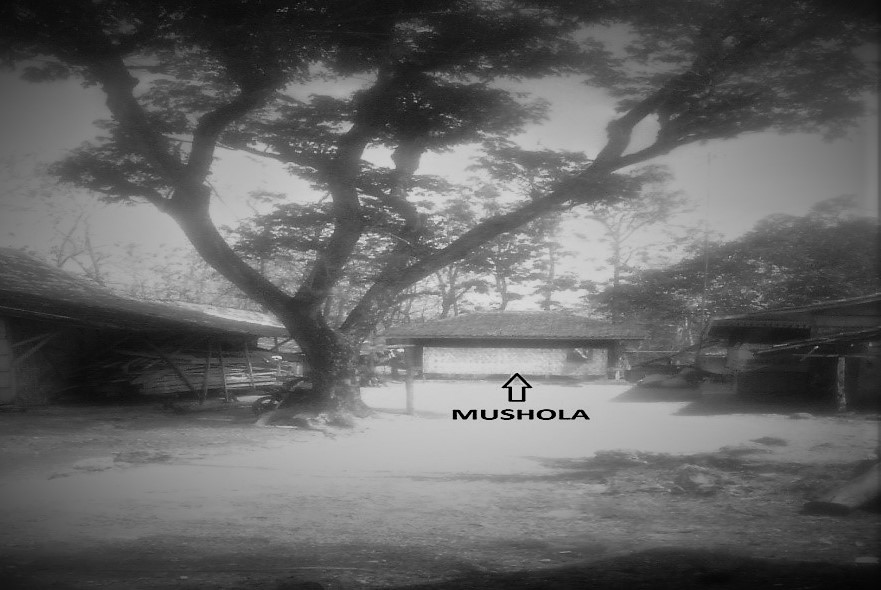Barriers of Intercultural Communication in the Sunni-Shi'a Conflict in Madura
Hambatan Komunikasi Antar Budaya dalam Konflik Sunni-Syi’ah di Madura
DOI:
https://doi.org/10.21070/kanal.v9i3.1577Keywords:
Barriers of Communication, Communication Between Culture, Sunni-Shi'a ConflictAbstract
Until now, the Sunni-Shia conflict in Sampang, Madura has not been fully resolved. Therefore, with a communication science approach, this study will analyze the problems and barriers to intercultural communication that occurs between Sunni and Shia groups, causing eternal conflict. This research was conducted in two places, namely in Karanggayam Village, Omben District, Blu'uran Village, Karang Penang District, Madura, and in Rusunawa Puspa Agro, Sidoarjo. The research method used is the phenomenology of Edmun Husserl. The selection of the phenomenological method was based on the need for research data, namely exploring the experience of intercultural communication of each informant involved in the conflict. The results of the study stated that the barriers to intercultural communication that occur are due to the struggle for social status between Sunni and Shia religious leaders, the low culture of the Madurese community in communicating in the form of firmness in communication, the view of the life of the surrounding community based on syncretism, differences in standards of good or bad values between groups, and perceptions negative relations between groups in the form of prejudice, stereotypes, and ethnocentrism that lead to insincerity in communication. Barriers to Intercultural Communication in the Sunni-Shia conflict in Madura.
References
Barry, Brian. (1998). Social Exclusion, Social Isolation and the Distribution of Income. London: London School of Economics.
Berger, L. Peter, & Luckmann, Thomas. (1966). The Social Construction of Reality. England: Penguin Group.
Dharma, Ferry A. (2016). Eklusi dan Hambatan Komunikasi dalam Konflik Sunni-Syiah di Sampang, Madura. Tesis. Surakarta: UNS.
Hilmy, Masdar. (2015). The Political Economy of Sunni-Shi’ah Conflict in Sampang Madura. Al-Jami’ah: Journal of Islamic Studies, 53(1), 27-51.
Husserl, Edmund. (1983). Ideas Pertaining to A Pure Phenomenological Philosophy. Translated by: F. Kersen. Boston: MARTINUS NIJHOFF PUBLISHERS.
Ida, Rachma, dan Dyson, L. (2015). Konflik Sunni-Syiah dan Dampaknya Terhadap Komunikasi Intra-religius pada Komunitas di Sampang-Madura. Masyarakat, Kebudayaan, dan Politik, 28(1), 33-49.
Jonge, de Huub. (1989). MADURA dalam empat zaman: pedagang, perkembangan ekonomi dan Islam. Jakarta: PT. Gramedia.
Liliweri, Alo. (2014). Pengantar Studi Kebudayaan. Bandung: Nusa Media.
Littlejohn, W. Stephen, dan Karen A Foss. (2011). THEORIES Of HUMAN COMMUNICATION. Tenth Edition. Albuquerque. New Mexico: Wadsworth Publishing Company.
Maarif, Syafii, A. (2015). Islam Dalam Bingkai Keindonesiaan dan Kemanusiaan. Bandung: Mizan.
McCornack, et. al. (1996). Speaking of Informatioan Manipulation: Acritical Rejonder. Communication Monographs, 63, 83-92.
Muqoyyidin, Andik W. (2012). POTRET KONFLIK BERNUANSA AGAMA DI INDONESIA (Signifikansi Model Resolusi Berbasis Teologi Transformatif). Analisis, XII(2), 315-340.
Samovar A Larry, Porter E. Richard, & McDaniel R. Edwin. (2009). Communication Between Cultures. Boston: Wadsworth.
Sayoga, Budi. (2011). Merajut Kembali Komunikasi Antar Budaya di Indonesia. Jurnal Komunikator, 3, (2), 59-78.
Wiyata, Latief. (2013). Mencari Madura. Jakarta: Bidik Phronesis Publisihing.






